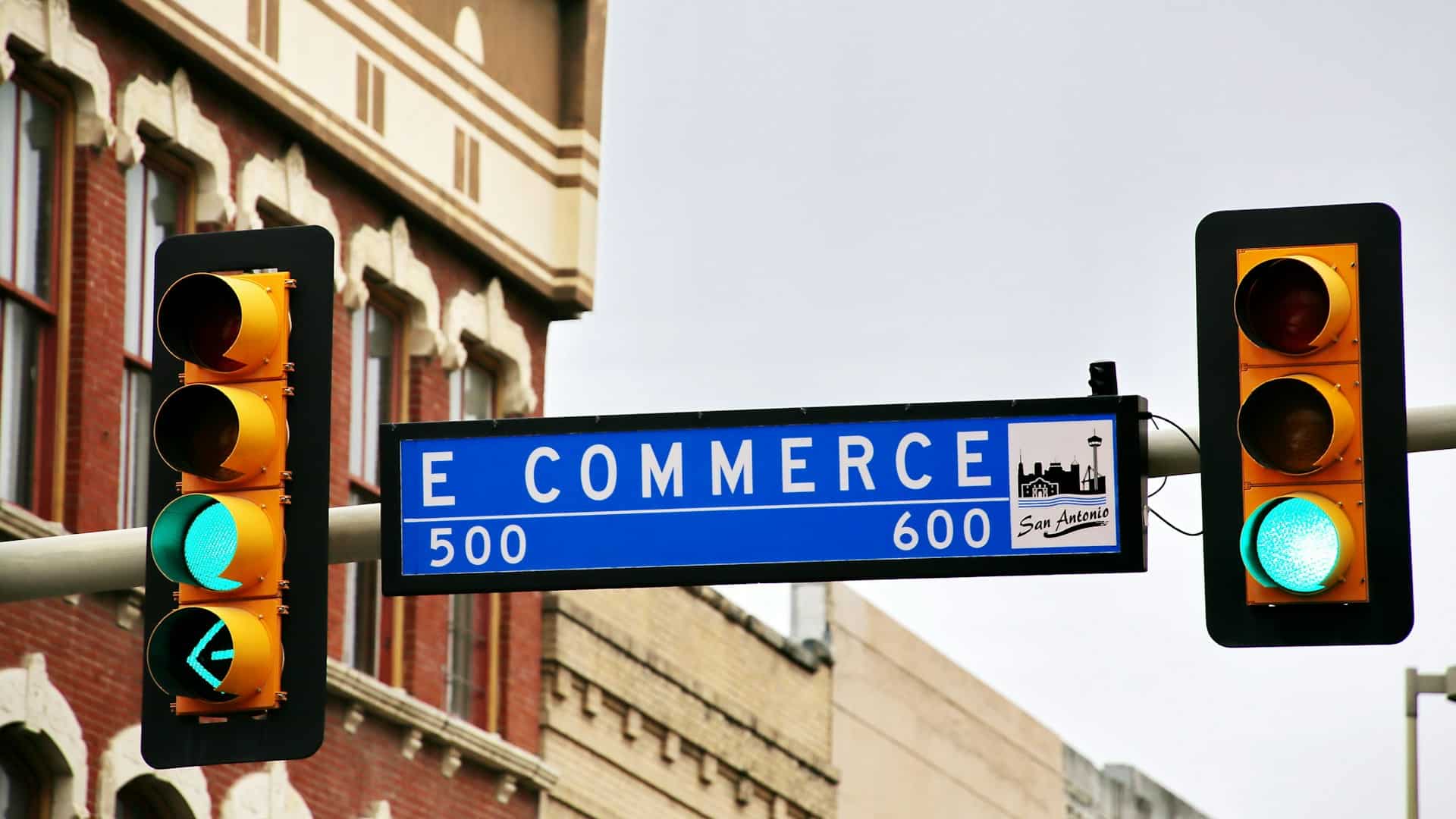Here’s the translation:
—
The Spanish eCommerce continues to evolve in 2025, and the data from the latest Online Consumer Study in Spain conducted by Doofinder (based on a sample of over 2,500 European users, 500 in Spain) provides an accurate snapshot of behavior, new habits, and decision-making factors in digital purchasing.
Convenience is the new king (but price still reigns supreme)
One of the most significant findings is that, for the first time, convenience surpasses price as a reason for shopping online:
- 46% of respondents choose convenience as their main reason, followed by variety of products (23%).
- Only 12% prioritize price as their primary criterion, although 85% consider it the determining factor during the comparison process before completing a purchase.
This confirms a trend seen in other mature markets: user experience and ease of navigation, delivery, and payment are becoming increasingly important for attracting customers, but price remains the entry barrier for final conversion.
AI is finally joining the purchasing process
One in three Spaniards (33%) already uses generative AI tools like ChatGPT, Gemini, or Copilot to gather information before buying, although the traditional search engine (Google) remains dominant (with 85% relying on it as a source).
- Younger users and those who spend more online are the most frequent users of AI.
- AI is used primarily for:
- Searching for reviews
- Comparing products
- Resolving quick queries about technical features
According to the study, this group of “early adopters” of AI is more demanding, better informed, and much more receptive to personalized shopping experiences and omnichannel integration.
The internal search function, the forgotten… but essential tool
- 82% of users utilize the internal search tool of the store to find products, and for 42% of them, it is the first action they take.
- However, only 12% of the eCommerce platforms analyzed by Doofinder had a truly optimized search function with AI or advanced filters, representing a clear opportunity for improvement.
For the digital user, an effective search function equates to a “Google-like” experience: fast, intuitive, and relevant. Businesses that invest in intelligent search tools significantly increase conversion rates and average ticket size.
Personalization in exchange for data: the great eCommerce pact
- 47% of users are willing to share their personal data if it means receiving recommendations, offers, or a more personalized shopping experience.
- 61% view it positively when eCommerce platforms remember previously viewed or suggested products during earlier visits.
This opens the door to more advanced strategies in segmentation, machine learning, and automated marketing, all while adhering to GDPR regulations and maintaining user trust.
Marketplace, the dominant channel (but not invincible)
- 62% of online shoppers in Spain prefer marketplaces (Amazon, AliExpress, Miravia, etc.).
- Only 12% choose brand stores, and 10% opt for multi-brand stores.
- The marketplace is seen as a guarantee of price, variety, and speed, but challenges are rising concerning personalized service, customer loyalty, and brand visibility.
Local commerce and physical stores persist
44% of respondents claim they still shop in physical stores to support local commerce and enjoy a more personal relationship with the brand. The report indicates that many consumers are willing to pay slightly more at local stores in exchange for trust, advice, and a physical experience.
Heavy users: the segment driving growth
- Heavy users (high purchase frequency and spending) now account for 26% (rising from 23% in 2024).
- The predominant profile is female, from Generation X and Millennials.
- This segment purchases 66% of their products online, spends above the average, and adopts new technologies like AI more quickly.
More trends and opportunities for eCommerce
- Obsessive comparison: 79% always compare before buying, especially on price and reviews.
- Discounts are still key: 31% look forward to sales events like Black Friday to make purchases.
- Deferred payment: 29% use flexible payment solutions for larger purchases.
- Fashion and technology lead online spending.
Conclusions for retailers and online stores
- Investing in internal search and AI is key to capturing and converting customers.
- Personalization and data control will be critical differentiators in the next wave of eCommerce.
- Aligning the online and offline experience will be crucial to compete with marketplaces and foster loyalty.
- The Spanish user, increasingly informed and digital, expects an agile, relevant, and secure experience. The challenge for brands is to meet these expectations.
The online consumer in Spain in 2025 prioritizes experience and convenience, increasingly utilizes AI, demands personalization, and favors marketplaces but still values trust and personal interaction with physical and local stores. Innovations in internal search functions and intelligent data management will set apart the successful from the irrelevant in the sector.
Source: Doofinder Study and Social Media News
—

